Results
-
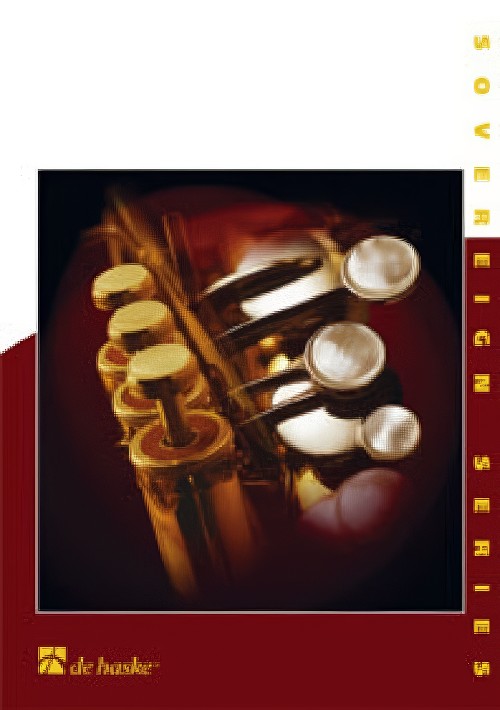 £179.99
£179.99Pastorale Symphonique (Concert Band - Score and Parts) - De Haan, Jacob
Jacob de Haan has composed a very interesting concert work with Pastorale Symphonique. Through music the composer reflects on one of today's most important concerns, the adverse effect on the environment caused by man. The work consists of two main themes; one symbolises unspoiled nature and the second the negative influences of man on nature. A constant interaction between both themes develops into a meaningful final marche funebre.Duration: 10:30
Estimated dispatch 7-14 working days
-
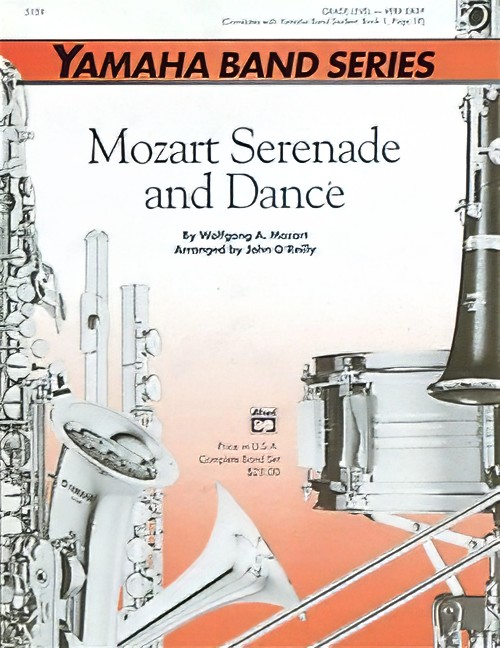 £36.95
£36.95Mozart Serenade and Dance (Concert Band - Score and Parts) - Mozart, Wolfgang Amadeus - O'Reilly, John
A simple setting of two magnificent Mozart melodies that will make an elegant addition to your first young band concert: the first is the Romance theme from the Serenade from 'Eine kleine Nachtmusik' and the second is a simple but delicate Wind Divertimento theme.stand the importance of playing with sensitivity and control. Truly a gem of a transcription! Duration: 2.30
Estimated dispatch 7-14 working days
-
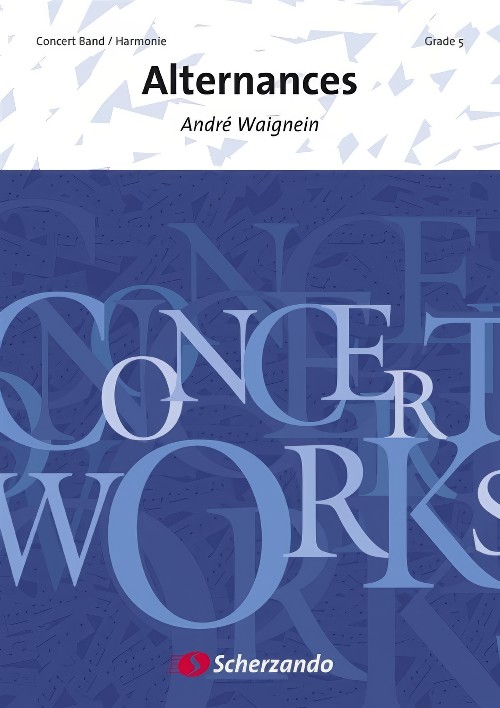 £154.99
£154.99Alternances (Concert Band - Score and Parts) - Waignein, Andre
In 1984 the Corciano (Italy) Tourist Authority initiated a composition competition for wind band. For this event Andre Waignein composed "Alternances for Symphonic Band", a piece which won him the first prize in the competition. The opening of the work is based on a very tonal foundation. The English horn (or alto saxophone) introduces a rich and warm theme which is immediately taken up by the whole orchestra in a grandiose manner. The subsequent development shows off all the elements of the orchestra to the full. In the second movement, the English horn (or alto saxophone) comes to the fore again. A harmonic change gradually takes us back to the allegro of the first movement. The musical development is here dominated by exuberance, virtuosity and rhythm.Duration: 12:30
Estimated dispatch 7-14 working days
-
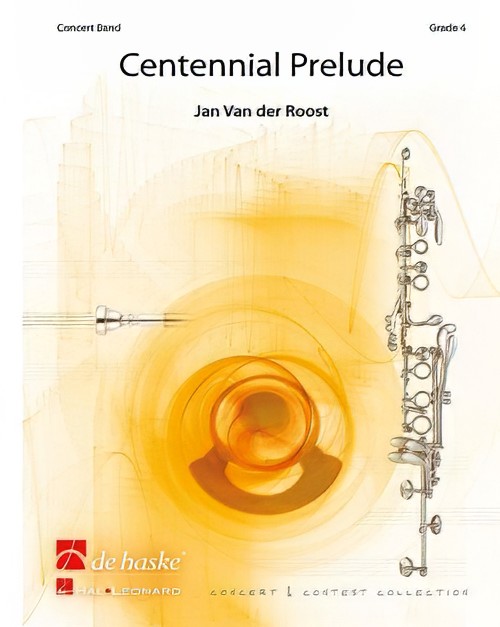 £89.99
£89.99Centennial Prelude (Concert Band - Score and Parts) - Van der Roost, Jan
This short opening music was composed on commission of the symphonic band of Jan Van der Roost's village (= Kontich near Antwerp / Belgium). In 1991, this community band celebrated its 100th anniversary. After composing commissioned pieces from different countries (even from Japan), this was the most 'near' commission he ever received indeed! It is a short but varied piece, featuring all sections of the band. After a short introduction, played by the brass instruments, a crisp rhythm starts and boxes the main theme. After a second theme, played by brass and percussion, a short melodical passage brings some 'rest'. At the end, the fanfare of the introduction reoccurs. Although this "Centennial Prelude" isn't a really demanding piece, it sounds colourful and energetic. It has been recorded on CD by the band of the 'Royal Dutch Airforce' and the 'Desford Colliery Brass band'.Duration: 3:30
Estimated dispatch 7-14 working days
-
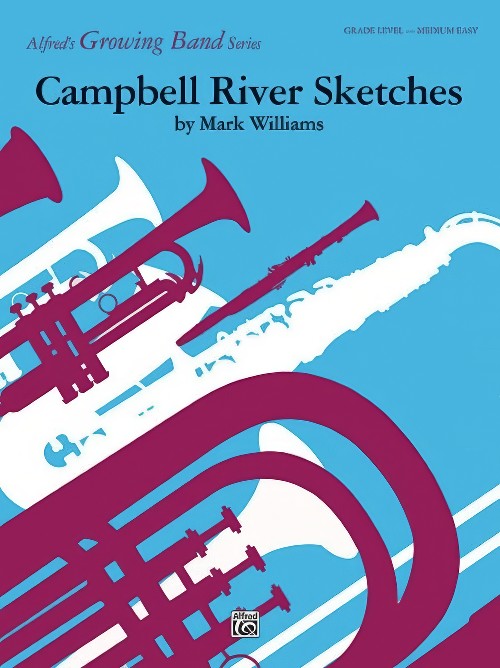 £57.50
£57.50Campbell River Sketches (Concert Band - Score and Parts) - Williams, Mark
Here's a dramatic work inspired by the beauty of the Campbell River in British Columbia. It features two contrasting themes that will really excite your maturing players. The first movement, Ballad, is a lyrical piece in the British folk song style. The second movement, March, is in 6/8 time. It opens with an accented, syncopated rhythmic motif that reoccurs throughout the work. Duration: 5.15
Estimated dispatch 7-14 working days
-
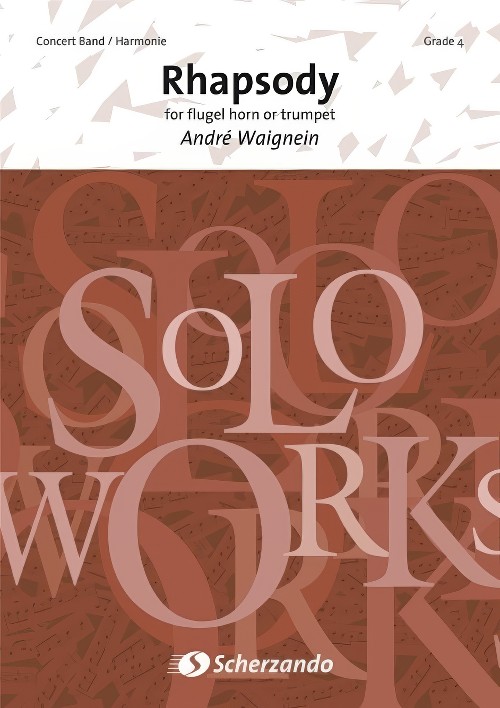 £134.99
£134.99Rhapsody (Flugel Horn or Trumpet Solo with Concert Band - Score and Parts) - Waignein, Andre
As a trumpet player Andre Waignein has composed many pieces for this instrument; extremely electrifying pieces meant for young trumpet-players, and more demanding works for professionals.With his rhapsody Andre Waignein wanted to compose a piece in which spontaneity dominates and in which the virtuosity, sonority and style of the soloist is featured to its maximum. Although the piece is not one of the most difficult, it nevertheless places high musical demands on the soloist. Following an impressive orchestral opening the soloist comes to the fore, with long phrases followed by more dynamic and rhythmic passages. The second movement gives evidence of extreme sensitivity and offers the soloist the opportunity to prove that the trumpet (flugel horn) can be a stirring and emotional instrument. The third movement is the most spectacular. The orchestra actively participates with increasingly delicate interventions. The soloist can display all the possibilities offered to him by his instrument. With a long sostenuto on the trumpet (flugel horn) the beautiful rhapsody ends.Duration: 6:00
Estimated dispatch 7-14 working days
-
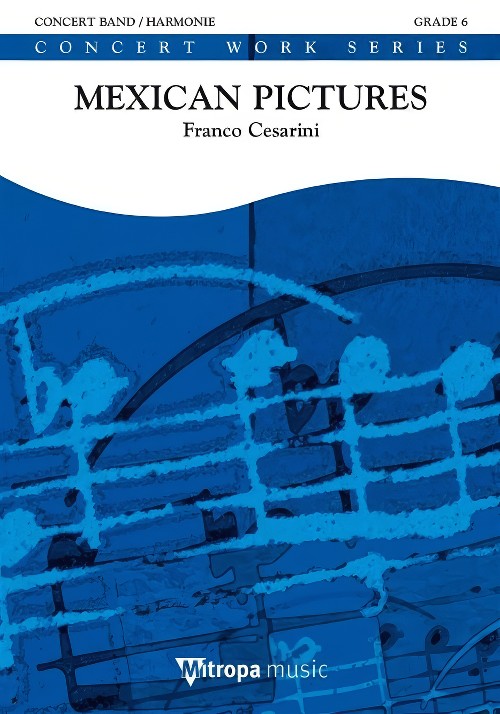 £174.99
£174.99Mexican Pictures (Concert Band - Score and Parts) - Cesarini, Franco
Your band will love getting acquainted with Mexican Pictures, a suite in four movements based on Mexican folk music. The first movement, El Butaquito, is based on a very lively folk-song of the same name and is characterised by its many contrasting rhythms. The second movement, Romance Mejicano, creates a peaceful and romantic atmosphere. The title of the third movement, Ballaviejo, means 'Antique Dance', in which the word antique refers to the rhythms that were taken to America by Africa's black population. La Charreada, the final movement, depicts the popular Mexican Rodeo, where the action in the arena is usually supported by instrumental ensembles, the so-called 'Mariacchi'.Duration: 14:30
Estimated dispatch 7-14 working days
-
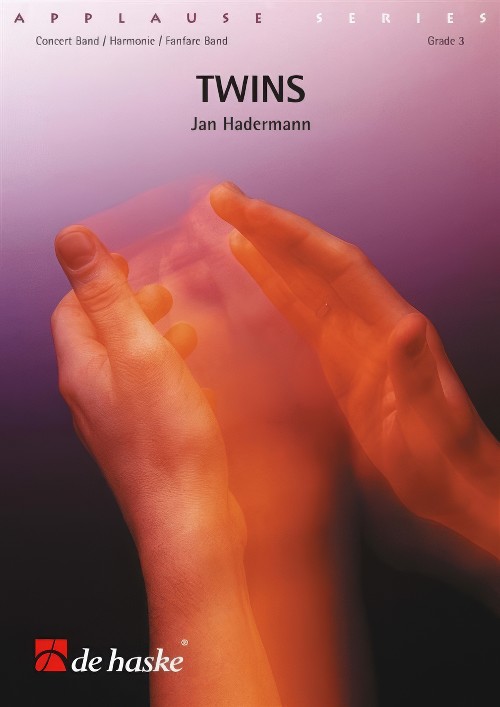 £104.99
£104.99Twins (Concert Band - Score and Parts) - Hadermann, Jan
Twins is a composition about two children, born at the same moment, growing up together yet with totally different characters. One twin is sensitive and introverted whilst the other is much more lively and energetic. This is reflected in the musical motifs of the piece. The quiet first melody which gains tension through continuous transposition is succeeded by the joyous rocking melody of the second twin.Duration: 5:30
Estimated dispatch 7-14 working days
-
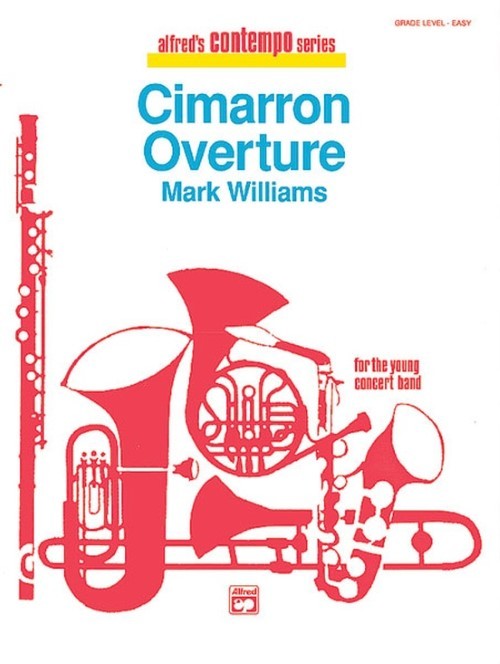 £32.95
£32.95Cimarron Overture (Concert Band - Score and Parts) - Williams, Mark
A bright selection with strong melodic themes that will impress your audience and keep your students motivated during rehearsals. The first theme features an interesting syncopated pattern that is accented by fun-to-play percussion parts. The second theme is a flowing, reflective melody that is played by the oboe and supported by clarinets and triangle accents. The Allegro first theme returns and builds to a powerful closing.
Estimated dispatch 7-14 working days
-
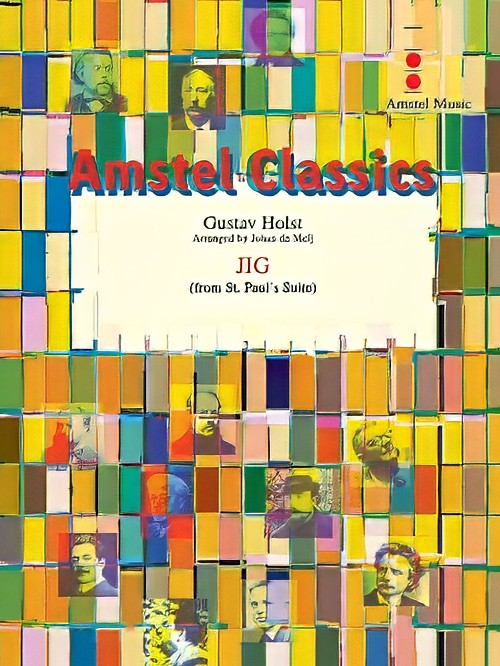 £115.00
£115.00Jig (from St. Paul's Suite) (Concert Band - Score and Parts) - Holst, Gustav - De Meij, Johan
Together with his good friend Ralph Vaughan Williams, Gustav Holst had a strong liking for the abundant folk music of the British Isles. This influence is heard in many of his works and is perhaps strongest in his Second Suite for Military Band and in the Saint Paul Suite for string orchestra. This work was composed in 1913 for the school orchestra of St. Paul's Girls School in London, where Holst was the Director of Music. The suite opens with this exuberant Jig, a dance originating from Scottish and Irish folk music in alternating duple and triple time (6/8 and 9/8), which has been expertly arranged for concert band. Duration: 3.00
Estimated dispatch 7-14 working days
